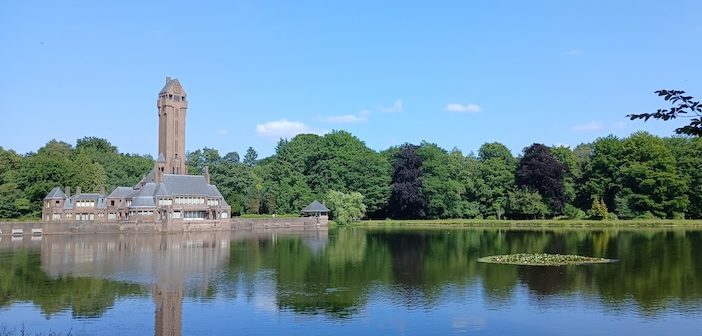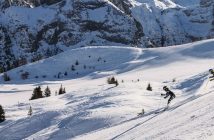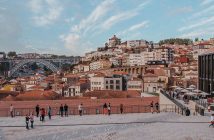Art writer Rosalind Ormiston uncovers one of the Netherlands’ more beguiling cities, discovering Arnhem’s blend of medieval charm and modern creativity, from historic landmarks and fashion quarters to world-class art at the Kröller-Müller Museum…
The first thing you’ll notice about the city of Arnhem is how pleasantly uncrowded it feels. Granted city rights in 1233, it has a population of just 149,000. In this agreeably spacious setting, there’s room to stroll, cycle, drive, or simply amble. Public transport is abundant, with an ultra-modern central station connecting Arnhem to routes across the country, and trolley buses — the only ones of their kind in the country. As you’d expect in the Netherlands, the city is built with cyclists in mind. The second thing you’ll notice is the abundance of green spaces, both in and around the city — even along streets with regular traffic.
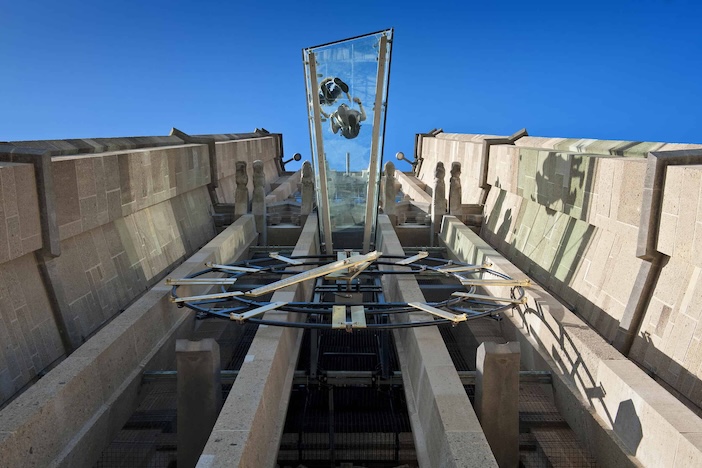
Staying at the chic Hotel Haarhuis on the edge of the historic centre, tour guide Marianne Rikken – seemingly everyone knows her in Arnhem – took a small group to see the buildings and streets important to Arnhem’s ancient and modern history, and is a great way to orientate yourself around the city. We visited the 93-metre-high St Eusebius church, constructed from 1452, bombed during WWII and since restored. It’s as much a museum as a church, featuring a breath-taking glass panorama express lift to its spire, where the braver of the group stepped out onto an all-glass walkway, 73-metres above ground, for a sensational view of the city and the ground far below.
And, then, to the Mayor of Arnhem’s house close-by. As if on cue, the Mayor himself passed by and waved to us and Marianne, as we gawped at his official residence. Called Maarten van Rossumhuis, but more familiarly known as ‘The Devil’s House’, this sixteenth-century building is so-named from three life-size devilish ‘hanging’ sculptures of satyrs placed at street level. Indeed, throughout Arnhem there are architectural masterpieces dating from the Middle Ages – too many to list here – and encountering them is part of the charm.
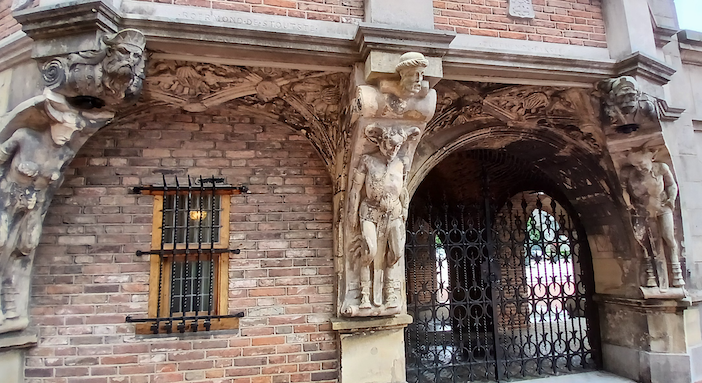
Through cobbled squares we walked to smaller streets with independent bookshops, antique shops, delicatessens, fabulous plant shops and countless pavement cafes and restaurants. Many are situated in historic buildings that survived war in Europe. Presickhaeffs Huys, built 1354, is at Kerkstraat 19, and one of the oldest houses. It shows how the Dutch have retained their architectural heritage, as the stunning design detail of this house can be spotted in modern-day buildings throughout the city. Not to miss is the Old Post Office on Jansplein, built 1889. Today, it is an architectural and historic landmark of Arnhem. The design of its red brick exterior is proof of the city’s highly-skilled craftsmen. And, in its vast, high-ceiling interior there is now a social venue; you walk in, to music, to a bar-restaurant with 100 different beers and 80 wines on tap.
Bringing things a little more up to date, Arnhem’s university is renowned for teaching fashion design at ArtEZ, and the Modekwartier district is located in the Klarendal neighbourhood. It has around 60 studios, workshops and boutiques of designer-led retailers and is hard to resist for the dedicated followers of fashion.
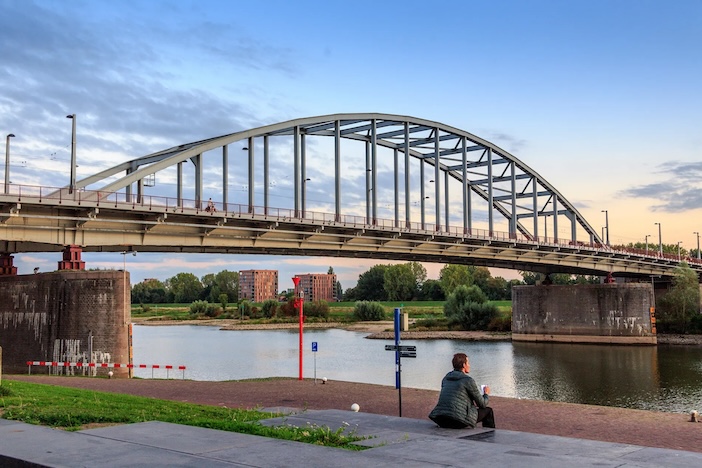
But for all of Arnhem’s historical and cultural heritage, there is one landmark the city is perhaps most known for. We made our way towards the river Rhine and the historic John Frost Bridge, the famous ‘Bridge Too Far’. It is the location of one of the most famous battles of World War Two, regularly visited by veterans, their families and historians, and made famous in the 1977 film about the allied military initiative of Operation Market Garden, which took place in September 1944. Free to visit, the Airborne Museum reveals Arnhem’s wartime history and honours the courage of those who fought and died during the battle.
For the more art-oriented travellers Arnhem is a central location to visit perhaps the greatest art gallery and park in Europe. Located in Otterlo, the Nationalpark De Hoge Veluwe, and the Kröller-Müller Museum within it, is around 30-minutes north of the city. On arrival, 1500 free to use ‘white bikes’ – they are white in colour – allow you to cycle through this incredible space of nature and art. This is a landscape that turns from a baked-grass savannah in one region to richly dense forests in others, passing lakes rich in wildlife.
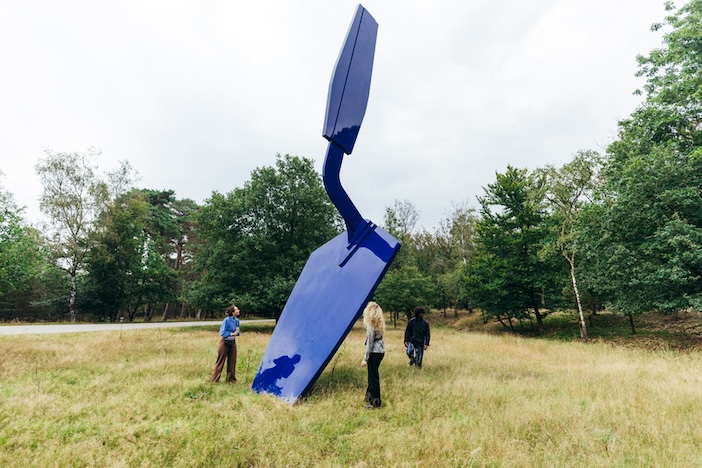
Claes Oldenburg, Trowel (1971), photo: Valerie Spanjers
The park was owned by Helene and Anton Kröller-Müller, initially purchased in smaller parcels of land. Eventually it was joined up to create a landscape of 5,500 hectares, of forest, sand drifts and grass lands, and given to the Dutch authorities on the proviso that a public national park would be created. And it is stunning. This is where shipping magnate Anton Kröller (1862-1941) hunted deer, boar and other wildlife on his estate. Wild boar, deer and mouflon still roam here.
Not to be missed is the St Hubertus Hunting Lodge, designed in 1914 by Dutch architect H.P Berlage (1856-1934), an extraordinary building that the Kröller-Müllers built as a house to entertain their guests. Shooting weekends and tea parties were regular happenings. It is a total work of art, a country residence with landscaped gardens and serene lakes. Berlage designed everything in the lodge, too, from the colour scheme of glazed bricks to floor tiles, rugs, ceiling lamps, furniture and furnishings, and still in place. It was completed in 1920 and is an architectural masterpiece of its time.
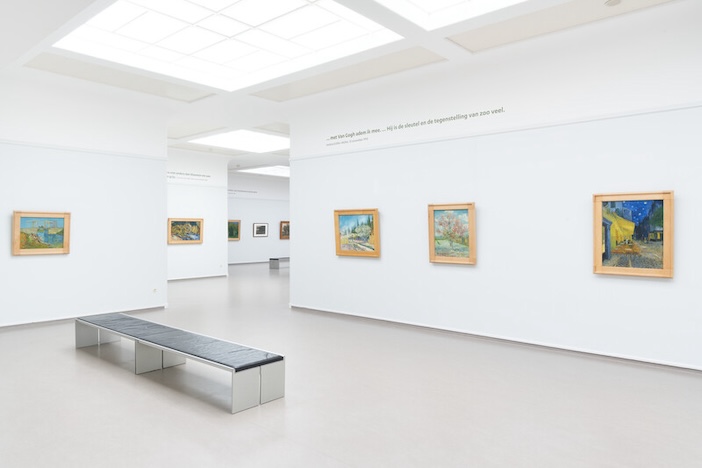
Van Gogh Gallery, Kröller-Müller museum (photo: Marjon Gemmeke)
German-born Helene Kröller (1869-1939) is renowned as an art collector who chose contemporary art to create a collection and a museum. “The great miracle must occur,” she said, “I build my new house and it will be a museum…then in a hundred years it could already be an interesting monument to culture.” The Kröller-Müller museum opened to the public in 1938 and it is certainly an astounding achievement. A day spent here is sensational for lovers of art, architecture and sculpture. Helene purchased many works by Vincent van Gogh, important today as markers of his extraordinary talent. She carefully selected them to cover his ten-year profession as a painter, and there are 90 of his paintings and over 160 drawings in the collection.
But Van Gogh is just one artist in her collection. In 1905, aged 36, Helene had taken art appreciation lessons from Henrik Bremmer (1871-1956) an art lecturer, whom she employed to help her establish a reputable collection of art, from Old Masters to Post-Impressionism. From 1907-1922 Helene Kröller-Müller bought near 11,500 works of art. It is one of the largest private collections of the 20th-century. The 25-hectare sculpture park in the grounds – surrounding the art gallery – adds an extra dimension to this extraordinary space. Today there are 160 sculptures by world-famous artists from Aristide Maillol to Henry Moore, Marta Pan and Pierre Huyghe. Jean Debuffet’s brilliant walk-in Jardin d’émail from 1974 is visitors’ favourite sculptural installation and a centrepiece of the sculpture garden.
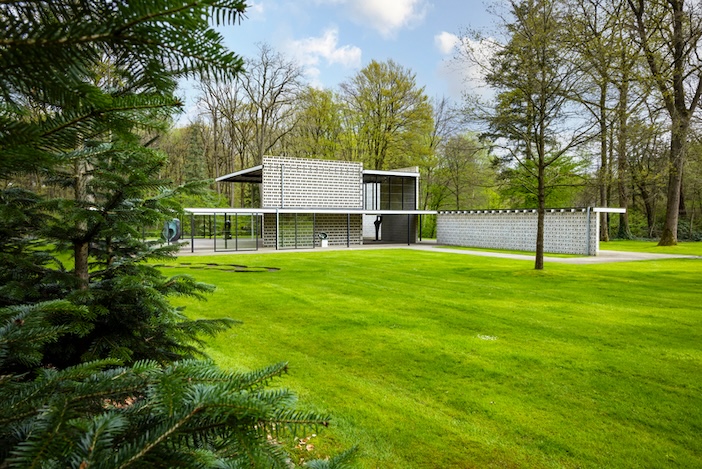
For architecture enthusiasts, the Rietveld Pavilion built in 1955 in concrete, wood, steel, reed and glass is a highlight. Designed by Dutch architect Gerrit Rietveld (1888-1964), like many such installations it was created as a temporary structure to display small sculptures when exhibited at the Third International Sculpture Exhibition in Arnhem’s Sonsbeek Park. It was dismantled but many Dutch architects pushed for its reconstruction and a place for it was found in the Kröller-Müller Museum park. Today it continues to house small sculptures as Rietveld planned. Its place here shows how modernist architecture sits perfectly in a traditional landscape.
In September 2025 the Kröller-Müller Museum is lending paintings to the National Gallery in London for the exhibition Radical Harmony: Helene Kröller-Müller’s Neo-Impressionists (13 September 2025 – 8 February 2026). Helene created probably the world’s most comprehensive collection of neo-impressionist art by Dutch, Belgian and French artists within twenty years of the works being created. This exhibition will surely make its visitors want to explore the Kröller-Müller Museum in Otterlo to see more, and to Arnhem for a pleasurable stay in one of Holland’s favourite cities.
For more information about Arnhem, and to start planning your trip, please visit the official tourism website at www.visitarnhem.com. For details of Marianna Rikken’s walking tours, see her LinkedIn page here. For more information about The Kroller-Muller Museum, Otterlo, please visit www.krollermuller.nl.
‘Radical Harmony: Helene Kröller-Müller’s Neo-Impressionists’ is on at The National Gallery from 13th September 2025 – 8th February 2026. For more information, please visit www.nationalgallery.org.uk.
Header image: St Hubertus Hunting Lodge (photo by the author)

